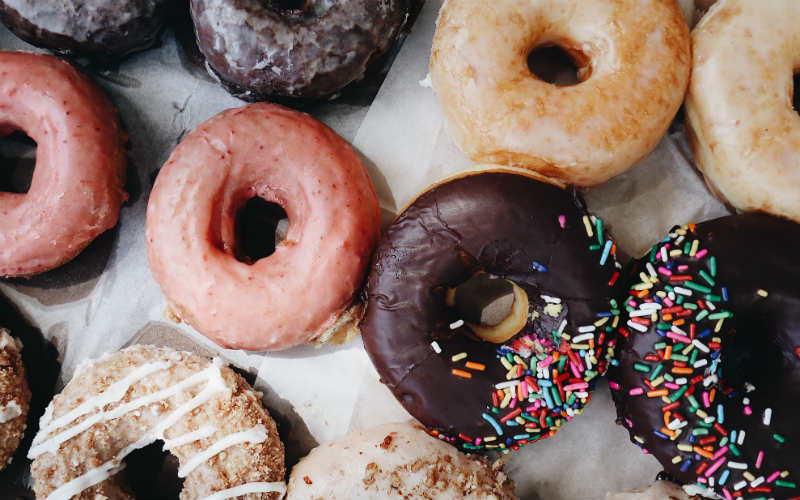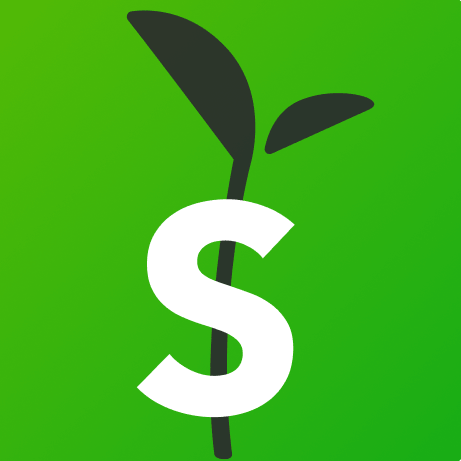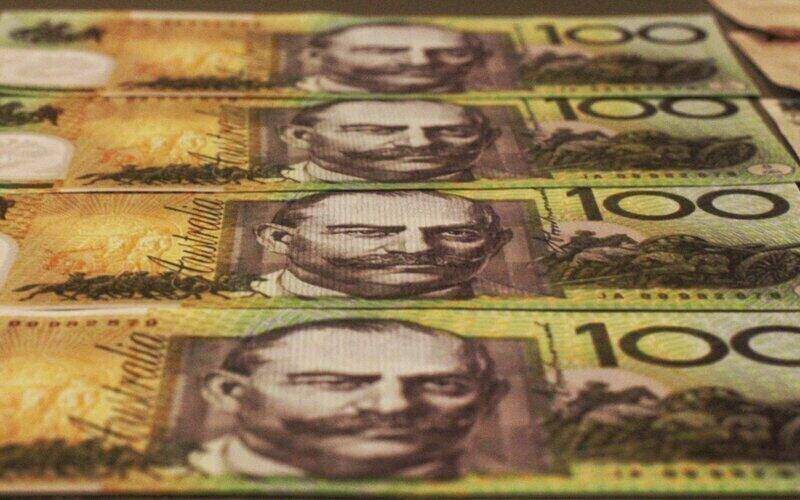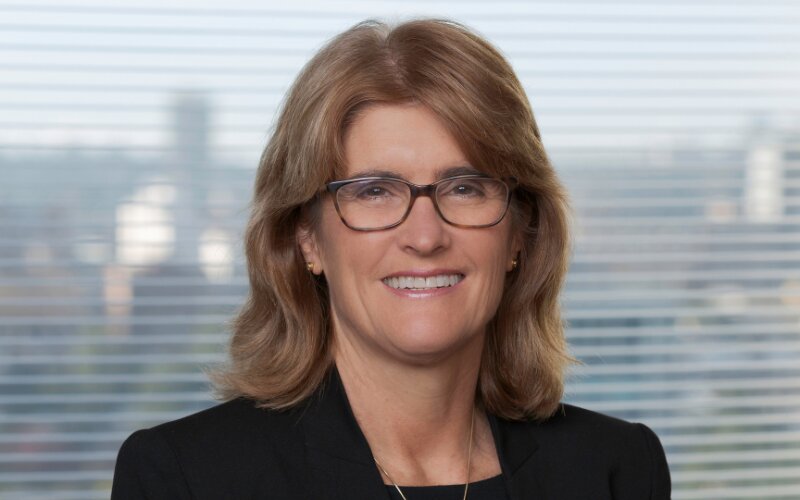This is the lowest inflation has been since April 2022 and lends weight to market expectations the RBA will decide against raising interest rates again in July.
For the first time since February 2021, the index showed monthly deflation, with prices in May only 19% higher than the reference period (September 2017), compared to 19.5% in April.
This suggests prices in May are 0.4% lower than in April, with clothing and footwear (prices 1.9% lower in May than April) and electricity (1.1% cheaper) in particular seeing prices ease.
Electricity prices rose 14.1% through the year to May, compared to 15.2% in April.
Housing (up 8.4%), Food (up 7.9%) and furnishings/household equipment (up 6%) were the goods that saw prices increase the most compared to May '22.
Economists from the big four banks anticipated a smaller drop in headline inflation, predictions ranging between 5.9% and 6.2%.
Although the results are encouraging, NAB economist Taylor Nugent cautioned against being 'head faked' by base effects, with the decline at least partially caused by fuel price volatility.
In May 2022, fuel prices rose 11% month on month, compared to -5.2% in '23.
Fuel prices dropped 8% from May '22 to '23, compared to a 9.5% increase from April '22 to '23, which is mostly attributable to how volatile fuel prices were during 2022.
Excluding volatile items like fuel and fruit and vegetables, the drop in inflation was more modest, prices up 6.4% from May '22 to '23 compared to 6.5% from April '22 to '23.
The outlook for July
The monthly CPI is one of several data sets that Governor Dr Philip Lowe and the RBA board will consider ahead of July's monetary policy decision.
Labour force figures for May revealed a drop in the unemployment rate, showing how tight the labour market continues to be and highlights the increased risk of a price/wage spiral.
Inflation easing though suggests the twelve cash rate increases we have already seen are having the intended effect, cooling demand for goods and services and bringing prices down to more manageable levels.
The markets suggest people are now expecting a pause in July, with the Aussie dollar back at its lowest point since the rate hike in June ($USD0.66).
As rates go up relative to other countries, interest yielding products in Australia become more lucrative, so the dollar tends to appreciate.
Advertisement
Buying a home or looking to refinance? The table below features home loans with some of the lowest interest rates on the market for owner occupiers.
| Lender | Home Loan | Interest Rate | Comparison Rate* | Monthly Repayment | Repayment type | Rate Type | Offset | Redraw | Ongoing Fees | Upfront Fees | Max LVR | Lump Sum Repayment | Additional Repayments | Split Loan Option | Tags | Row Tags | Features | Link | Compare | Promoted Product | Disclosure |
|---|---|---|---|---|---|---|---|---|---|---|---|---|---|---|---|---|---|---|---|---|---|
5.79% p.a. | 5.83% p.a. | $2,931 | Principal & Interest | Variable | $0 | $530 | 90% |
| Promoted | Disclosure | |||||||||||
5.74% p.a. | 5.65% p.a. | $2,915 | Principal & Interest | Variable | $0 | $0 | 80% |
| Promoted | Disclosure | |||||||||||
5.84% p.a. | 6.08% p.a. | $2,947 | Principal & Interest | Variable | $250 | $250 | 60% |
| Promoted | Disclosure |
Picture by Will O on Unsplash

Ready, Set, Buy!
Learn everything you need to know about buying property – from choosing the right property and home loan, to the purchasing process, tips to save money and more!
With bonus Q&A sheet and Crossword!






 Emma Duffy
Emma Duffy
 Staff Writers
Staff Writers


